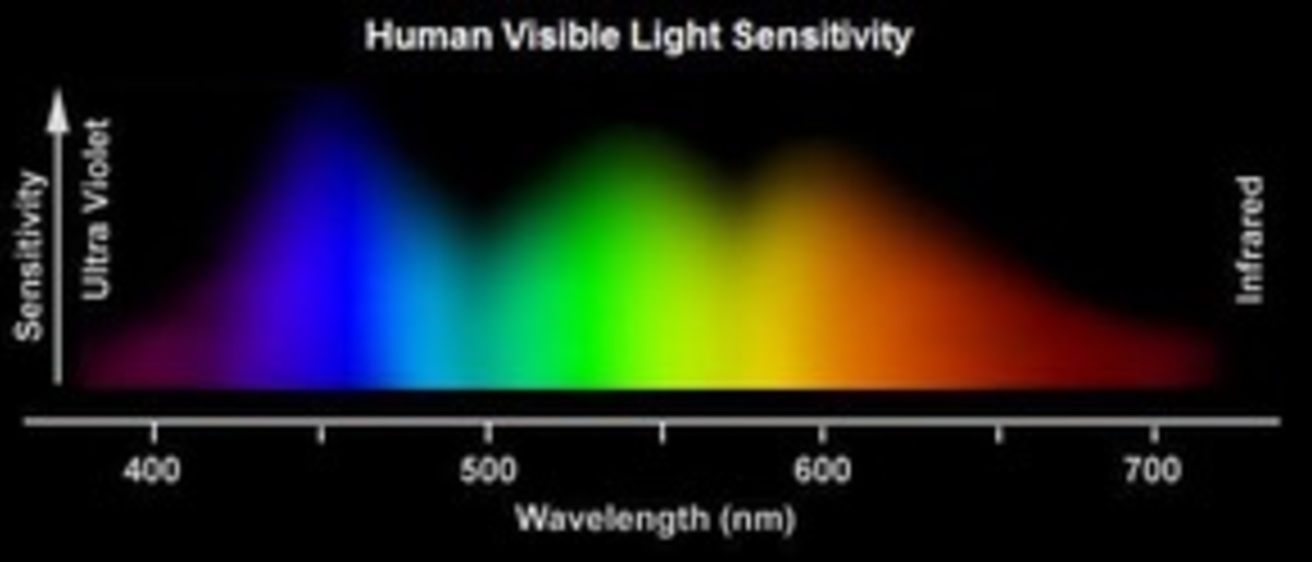Background
As you learned in the Introduction to Spectroscopy lab, different elements absorb different wavelengths of light. One of the most commonly used spectral features in astronomy are the spectral lines of Hydrogen, called the Balmer lines.
The lines are named, from longest to shortest wavelength: The Hydrogen Alpha, Beta, Gamma, Delta, and Epsilon lines (or in simplified notation – Hα, Hβ, Hγ, Hδ, Hε). Your group will identify these spectral lines in a stellar spectrum.
